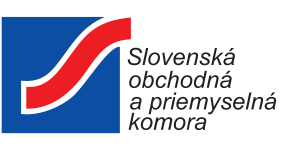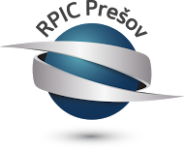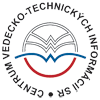Summary:
A researcher’s team from Bulgaria has developed a mechanical upgrade to the vehicle’s suspension. It is a new combination of widely used parts, a little modified according to the new function. The Extra Grip Suspension (EGS) can be applied to some vehicles like “tuning parts” as well. The team looks for cooperation to continue the project or to sell the "know-how“. A technical cooperation agreement, research cooperation agreement, license agreement or other appropriate are preferred.
Description:
The Bulgarian inventor’s team working in the field of vehicle stability, has developed a new "Extra Grip Suspension"(EGS). It is a new combination of well-known parts. Depending on the vehicle construction EGS may consist of some new or modified details, for example:
• Stabilizing bar and links;
• Bushes and fixings;
• Intermediate rings (double adaptors) and tampons;
• Other helping parts.
The mass imbalance of vehicle’s body during acceleration causes insufficient steering and safety at extreme situations. The last and current approach for solving this problem is the use of differently named, but similarly working Electronic Stabilization Programs (ESP); Vehicle Dynamic Control (VDC), etc. They don’t produce additional (or enough) grip and activate within some delay.
EGS is a new way for managing the interaction between driving and inertial forces and reactions distribution between wheel axles and components of chassis. It doesn’t only prevent the loss of wheel grip during acceleration, but significantly increases all-wheel grip from 7% (as minimum) up to about 50% compared to the static weight at the wheels. The result depends on vehicle configuration and chassis design (see test report further). When it is combined with electronic management they both will work as a kind of Enhanced ESP (EESP) or Enhanced VDC (EVDC), etc.
The approach of research and development has included several stages:
- Small scale models;
- Mathematical apparatus;
- Simulations at CAD “Solidworks“;
- Building several prototypes;
- Extreme driving tests with prototyped street cars.
A full and detailed investigation of the technical development in the field from 1968 until today has been conducted. No such technical device has been applied for or tested in the automotive history.
The mechanical principle of EGS may be used by few similar devices to all kind of vehicles:
• private, commercial and special vehicles,
• tuning parts for some models,
• racing cars,
• all-terrain vehicles,
• electrical vehicles,
• motorcycles,
• truck and trailers, etc.
It is exclusively appropriate for electric vehicles.
The team looks for cooperation to continue the project or to sell the "know-how". After a few consultations with experts from the industry it can be supposed that the most companies would become interested in “ready product” mostly. There is an opportunity for cooperation and partnership in final R&D for completing the invented EGS as a “ready product” and its further marketing.
Presumed contracts are mainly the following:
1) License agreement is sought for the purpose of disclosure of “know-how” and distribution of EGS.
2) Research cooperation agreement is necessary in the case of R&D partnership for complete development of EGS as a “ready product”.
3) Technical cooperation agreement with a manufacturing partner for a further technological development and production of the details for client’s delivery is envisaged.
Other types of contracts are also possible based on negotiations, e.g. manufacturing agreement, commercial agreement with technical assistance and transfer of the "know-how“, supported by technical consultancy for its initial adaptation to a chosen model.
Type (e.g. company, R&D institution…), field of industry and Role of Partner Sought:
The team looks for cooperation to continue the project or to sell the "know - how".
Partners from the racing field or automotive industry are preferred (but not only):
- producers of suspension components like springs, antiroll bars, bushes and tampons, etc.
- universities or R&D organizations working in the automotive field;
- racing teams.
The partner is expected to:
Help and accelerate the development to “ready product” and the commercialization according to the contracted terms, for example only:
1) To use (produce or sell) EGS or some of its details and to pay a license fee or royalty as a reward (in case of license agreement);
2) To fulfill developing and testing procedures for TUV certifications of details until “ready product” for serial production (in case of research cooperation agreement);
3) To continue the technological development based on his technological capacity (in case of technical cooperation).
Other types of contracts are also acceptable, e.g. commercial agreement with technical assistance, manufacturing agreement, joint venture agreement, etc.
Stage of Development:
Prototype available for demonstration
Comments Regarding Stage of Development:
Еight (8) different prototype versions have been tested until discovering the best working device and the simplest application at the vehicle’s body. The last prototype has been tested many times at different road conditions. TRL6-7.
IPR Status:
Secret Know-how
Comments Regarding IPR Status:
The innovation is a new technical principle by its nature. Several patent applications are necessary for full patent protection. The combined protection as “know-how” is taken /presumed as the best for the moment. All facts and considerations have been foreseen according to the international and national IP law.
External code:
TOBG20200401001








